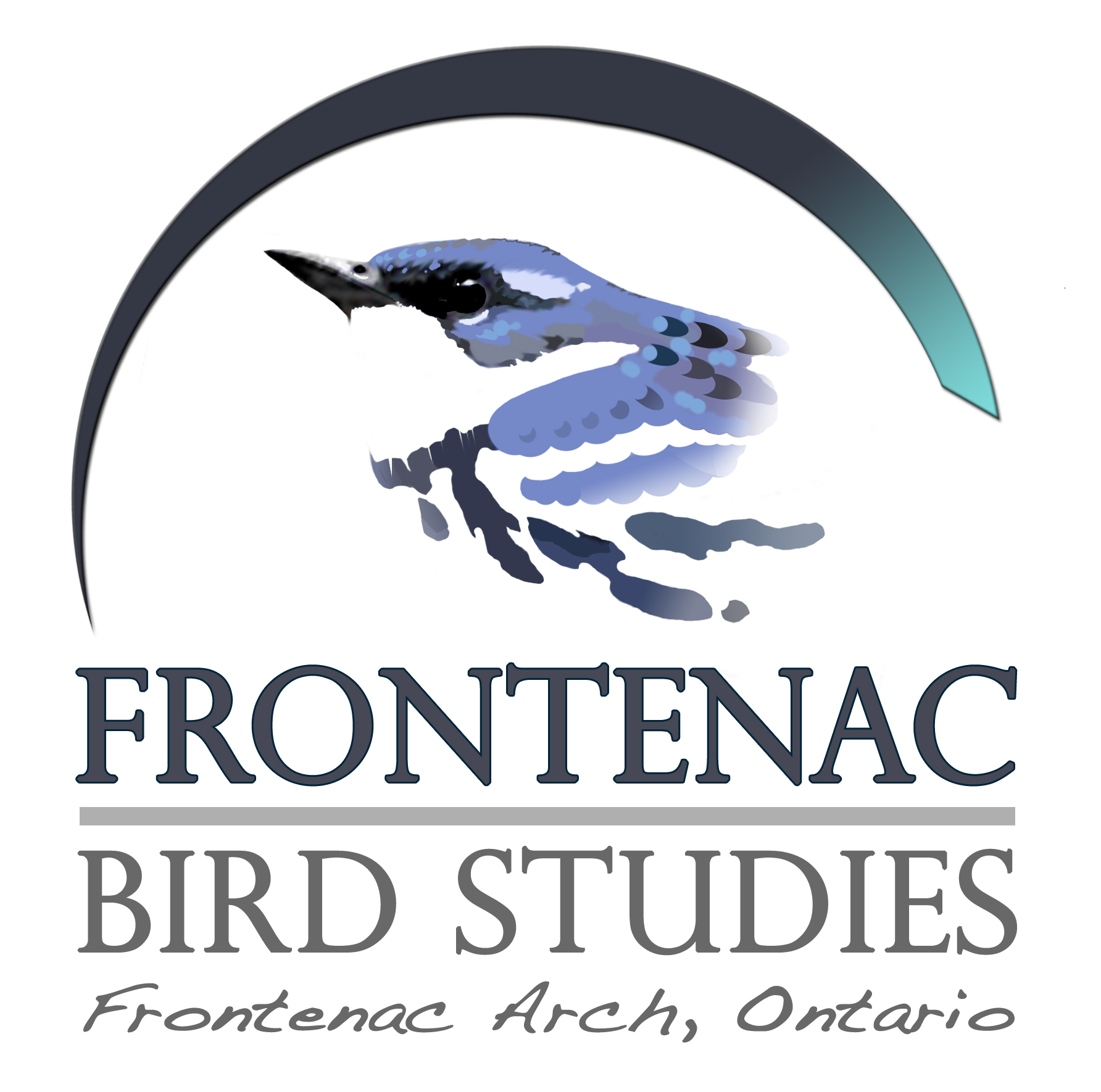
The third round of visits for the 2011 Monitoring Avian Productivity & Survivorship (MAPS) season were completed on June 27 (BLAK), June 29 (MABO) and June 30 (RRID). The weather in June has actually been rather normal and lacking in extended periods of unusual temperatures or precipitation – good for us and good for all the passerines raising young! A total of 17 (9 new, 8 recaptures) birds were captured at MABO during visit 3, the highlight of which was the second-year Sharp-shinned Hawk pictured above – a first for our MAPS efforts to date. Also of note was the recapture of five Veery from previous seasons, including three from our first couple of visits in June 2009.

The BLAK station was the “winner” of Round 3 as 25 birds (20 new, 5 recaptures) were captured here during the visit. All five recaptures were of birds banded earlier in the 2011 season. We banded a nice variety of species, including another male Black-throated Blue Warbler, a Yellow-rumped Warbler and a Hermit Thrush. The highlight though was the male Purple Finch extracted from net 7 around mid-morning – another first for our MAPS program! This species does occur regularly at all three stations but are so strictly attached to the upper canopy that they will always be only rarely captured.

Weather at RRID was calm and clear with pleasant temperatures. A total of 17 birds were sampled by our mistnet array (15 new, 2 recaptures). We recaptured a Field Sparrow that was originally banded on June 20, 2010 as an After second-year male. It’s becoming clear that the return rate of adults is very low at RRID, especially compared to MABO. Habitats and species composition differ greatly between stations, which will certainly present some interesting topics for further study once a few more seasons of data are compiled.
Here is a quick chart that describes an apparent decline of the adult population at all three stations since 2009 (Only 2010-2011 for BLAK). The graph was generated using total captures (newly banded birds and recaptures) for visits 1-4 by year and station. It would be such a tremendous resource if we had more MAPS stations across Ontario to facilitate local and regional comparisons of vital rates. Unfortunately, in marked contrast to the United States, participation in Canada and in Ontario has been very low. The development of a coordinated and standardized effort to monitor breeding bird demographics in the province would be a major asset for biologists to detect and understand forces affecting landbird populations – now more than ever with advancing climate change.


The graph is alarming. And as if there wasn’t enough pressure on birds, I recently read:
Ontario Nature objects to a proposal put forward by the Ministry of Natural Resources (MNR) that would allow the capture and use of wild raptors (birds of prey) for use in falconry practices to hunt small game. The permit would apply to five species: red-tailed hawk, northern goshawk, Cooper’s hawk, sharp-shinned hawk, and merlin. MNR recently posted the proposed permit under the Fish and Wildlife Conservation Act on the Environmental Bill of Rights Registry (EBR).